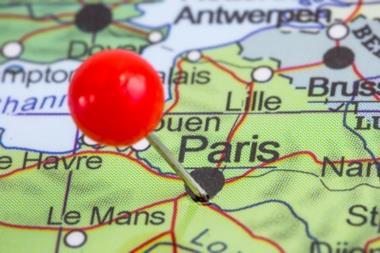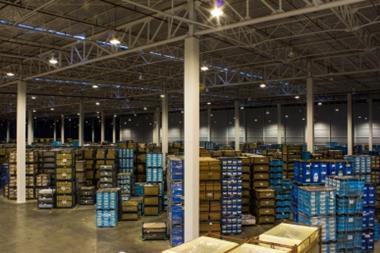The loss prevention techniques that were learnt following the superstorm are being applied across the economic spectrum, resulting in savings for companies and insurers


Superstorm Sandy may have hit the us coast more than two- and-a-half years ago – in October 2012 – but lessons are still being learnt from the catastrophe in terms of loss prevention that are saving companies, and insurers, hundreds of millions of dollars. Indeed, the savings can be assessed on a global basis because the loss prevention techniques acquired since the devastation are being applied in other catastrophe-prone regions. Such practical, preventive steps are known as ‘easy wins’ because they can be taken in advance and they benefit client and insurer.
Ultimately, easy wins help business continuity.
In the wake of sandy, which caused about $50bn (€41bn) in damage, loss prevention engineers analysed the effects suffered by some of the biggest commercial property companies in the US.
One analysis concerned elevators. In short, some companies’ elevators had stopped working or had been badly damaged while others continued to function smoothly, as though a superstorm had not happened. Since elevators are an essential part of the infrastructure in a tall building, the findings were of vital importance.
Why did some elevators survive intact? AIG’s troubleshooters discovered that, before the catastrophe struck, risk managers had included in their emergency manuals the requirement that elevators be parked at the top of the building. Safe from harm, they were not damaged by the flooding that destroyed elevators that had been left at the bottom of the well shaft as the last employees fled the approaching storm.
The only steps the smarter companies had to take to restore the elevators to normal functioning was clean any water and other debris from the well shafts while others had to replace or repair their elevators. In one instance, an insurer had to pay $50m in claims.
Other industries, other lessons
The conclusions drawn in the wake of Sandy also proved to be of equal interest to the automotive industry. Although water and moving objects destroyed the stock in many car yards, some companies with multiple-floor showrooms hastily stored their vehicles above street level, where they stayed out of harm’s way until the superstorm had passed.
The principles of loss prevention are applicable across the economic spectrum.
Indeed, almost no industry or company can fail to improve the way it operates – and hence its immunity to business interruption – if it takes the time to conduct some hard-headed analysis. Further, one of the most fruitful areas for improvement lies in the seemingly mundane area of maintenance.
No time to waste
However, companies should not wait for a superstorm or hurricane to take simple steps that can lead to spectacular savings. As AIG’s experts recall, one large US manufacturing company relied heavily on turbines to supply power for its assembly lines, as indeed do many other manufacturers. The turbines were subject to regular checks, but these depend on the thoroughness of the individual who conducts them. When a maintenance engineer failed to replace the $30 battery that powered the emergency alarm shortly before the turbine broke down, the alarm predictably failed to sound. By the time engineers reached the power unit, significant damage had been done.
The bill for the repairs amounted to $30m: a million times the price of the battery. If this is not a lesson in loss prevention, nothing is. However, as an AIG loss prevention specialist points out, “although it was a substantial claim, the real issue for the company was the loss of business while the turbine was repaired”.
Prevention is better than cure.




















No comments yet